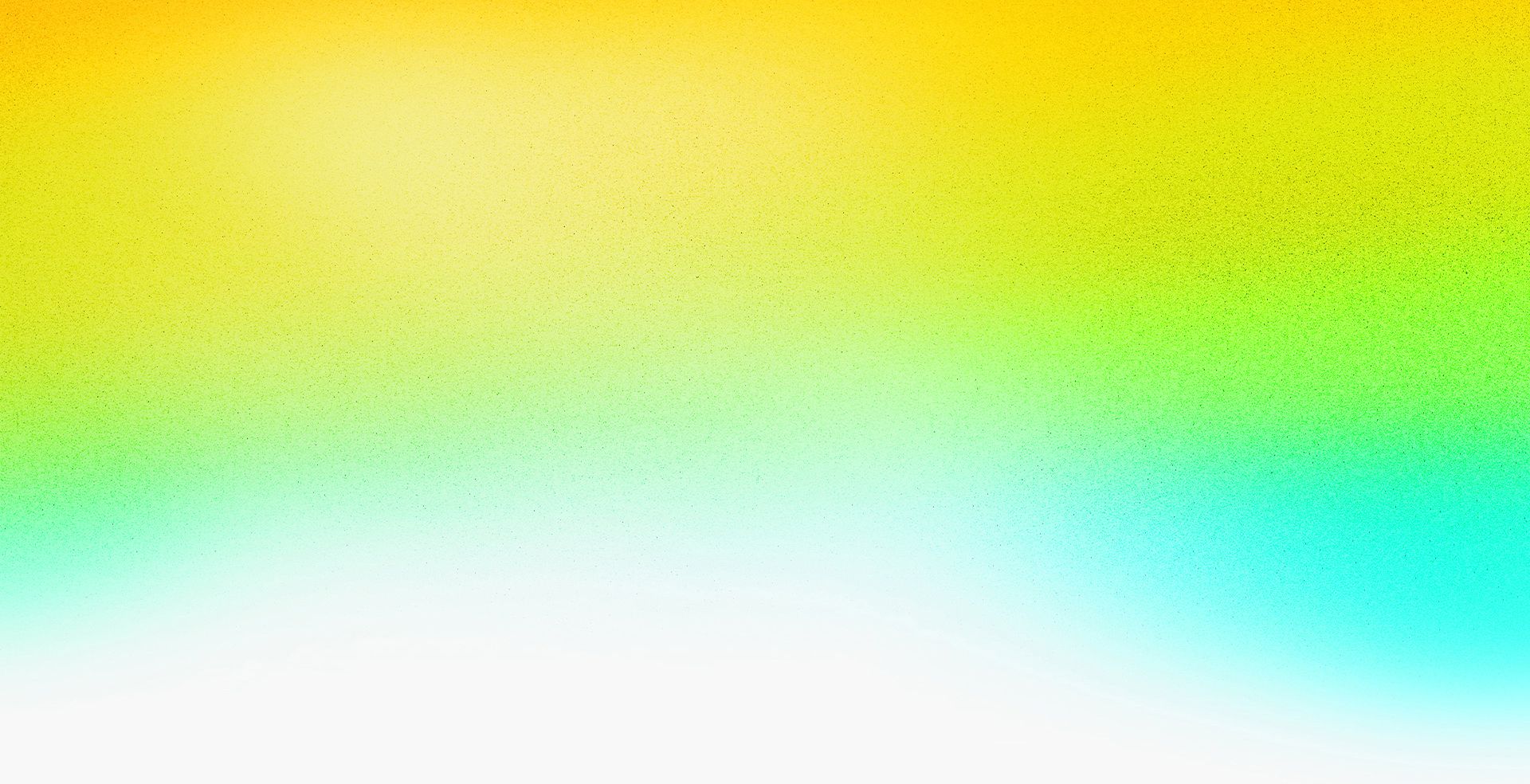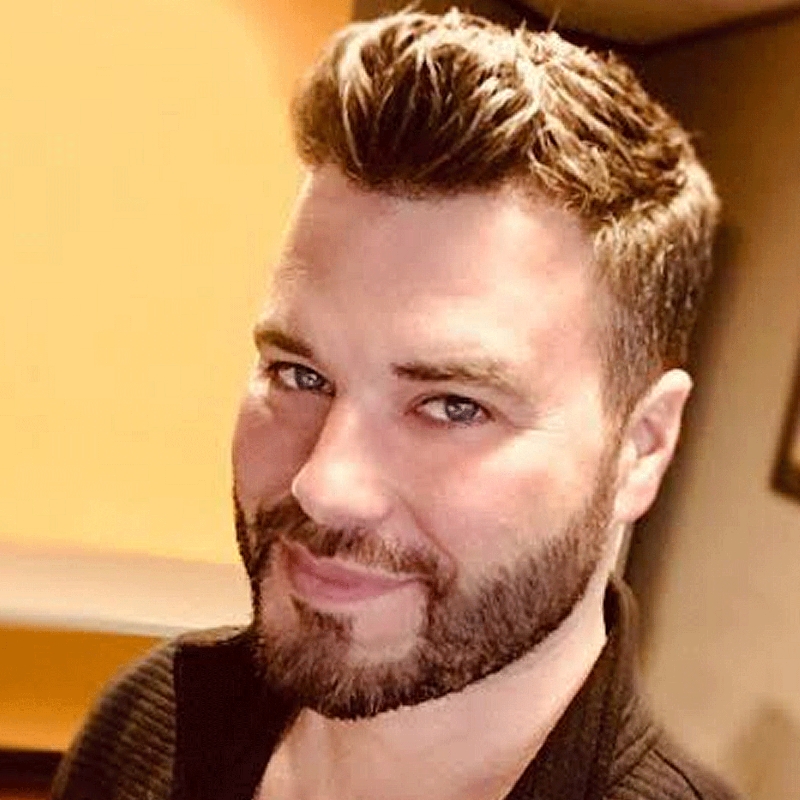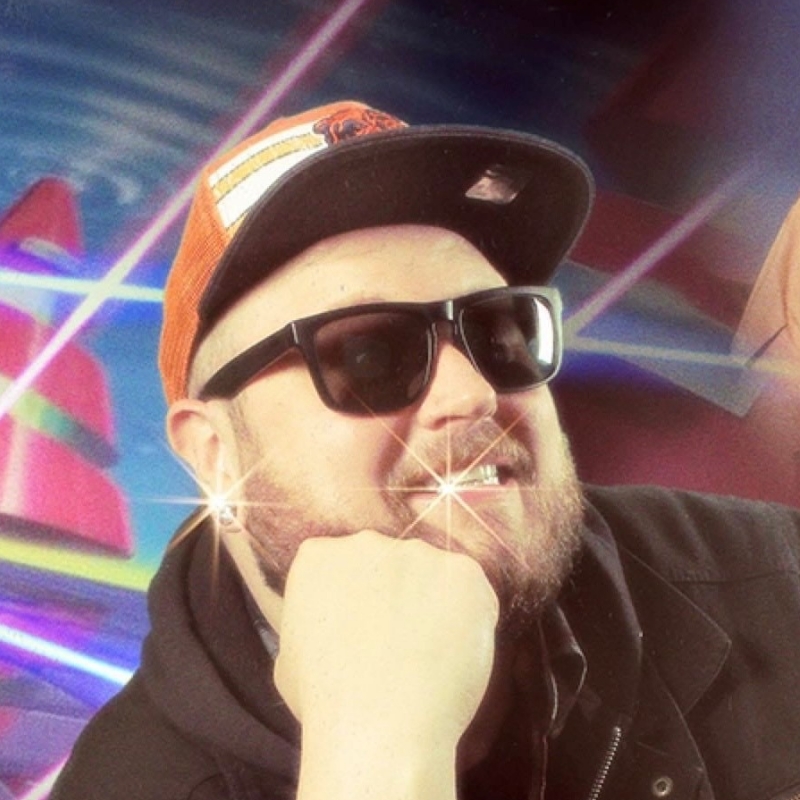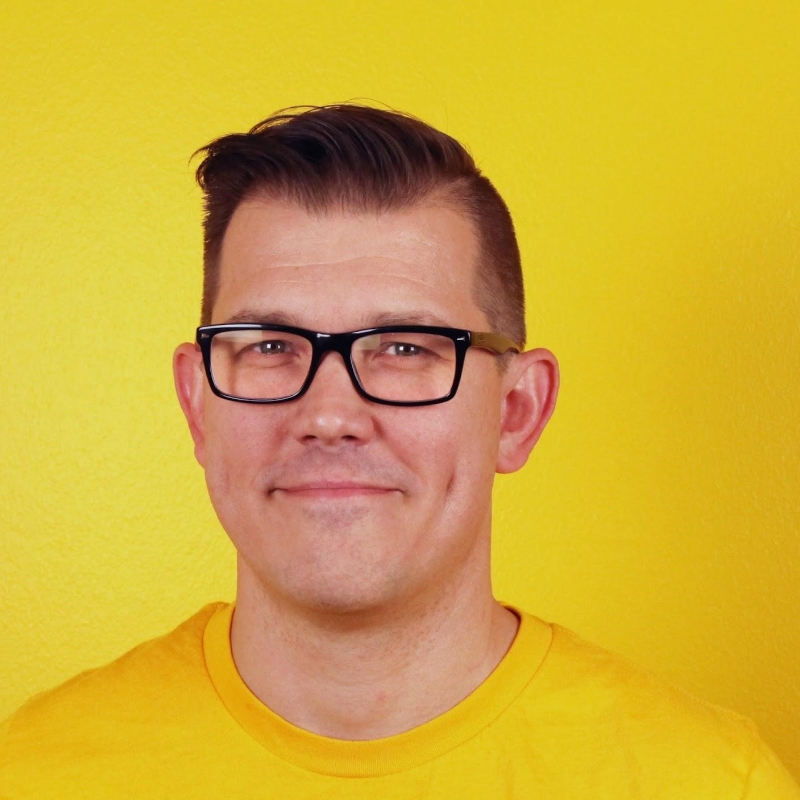Closed captions in English can be accessed in the video player.
Getting the Most Out of Creative Cloud


Speakers
-

Co-COO, Powerhouse Animation
-

Co-COO, Powerhouse Animation
-

CEO/CCO, Powerhouse Animation
Featured Products
-
Premiere Pro
Free trial
Session Resources
No resources available for this session
About the Session
Come and watch the executive and supervising producers of some of your favorite animated streaming series walk through the process of creating animated shows based on their real-life experiences and careers. The team will share the general pipeline and procedures and behind-the-scenes techniques on streaming shows like Castlevania, Tomb Raider, Kong: Skull Island, Masters of the Universe, and more. You’ll learn how modern animation studios use Photoshop, After Effects, Adobe Premiere Pro, and Animate to create everything from concept and character designs to final polished compositing.
Technical Level: Advanced
Category: Generative AI
Track: Creativity and Design in Business
Audience: Marketer
This content is copyrighted by Adobe Inc. Any recording and posting of this content is strictly prohibited.
By accessing resources linked on this page ("Session Resources"), you agree that 1. Resources are Sample Files per our Terms of Use and 2. you will use Session Resources solely as directed by the applicable speaker.
Not sure which apps are best for you?
Take a minute. We’ll help you figure it out.